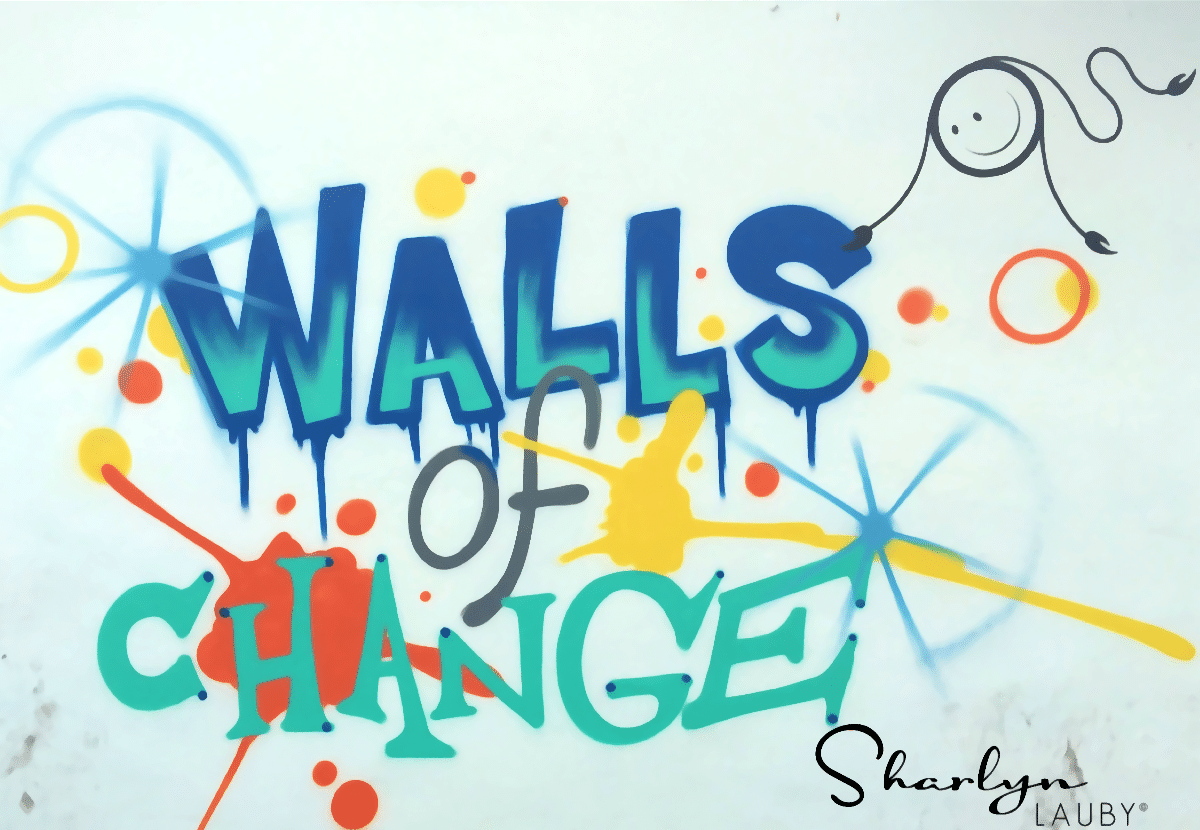Organizations Don’t Change Until People Do
Organizations decide they’re going to change all the time. Especially during times like we’re experiencing today, when recruiting is tough, engagement is a challenge, and retention is a top priority. It’s not unusual for an organization to say, “We need to change so we can get the best talent and crush the competition.” But organizational change doesn’t happen just because:
- Something goes offline, like a system
- A kickoff meeting happened to start a project
- An acknowledgement was made that change needs to happen
- An email was sent to all interested parties
- A training session was held for employees
Instead, change happens when the organization creates a process and a set of tools that yield the desired outcomes, mitigates resistance, increases adoption, and drives the organization faster. So how do organizations create that process? Well, I ran across this acronym that might help. It’s a five-step process called ADKAR.
- Awareness of the need for change
- Desire to participate and support the change
- Knowledge on how to change
- Ability to implement change
- Reinforcement to ensure change sticks
Think of ADKAR as a linear process and you need to accomplish one step before you can move to the next step. If your organization is going through a change initiative and you’re thinking about implementing a model like ADKAR or any model for that matter, it would be important to get employees ready. Even introducing a change model is change. Here are three ways to get the organization prepared.
Communication: Managers need to set expectations, using a variety of communication methods and styles. Not only is it important to communicate, but to do it frequently and effectively.
Training: This can be a combination of delivery methods such as classroom, refresher, just-in-time, and microlearning. And training needs to be more than simply telling employees “this is the way it’s going to be”. It needs to be effective.
Reinforcement: Everyone needs to set the example for the new expected behaviors. Both managers and employees should recognize positive behavior. Managers and employees should expect to be held accountable.
While we can rely on the steps in change process being consistent, change takes place by the person. So the length of time in each step could be different. Add to that the fact that change is always happening. At any given moment, we are all processing several changes: big, small, and all in a different stage of the process.
At times, dealing with change can sound so simple. But it’s really not. Organizations should find a change management model that works for them and train employees how to use it. Because change isn’t going away anytime soon.
Image captured by Sharlyn Lauby while exploring the Wynwood Walls in Miami, FL
14